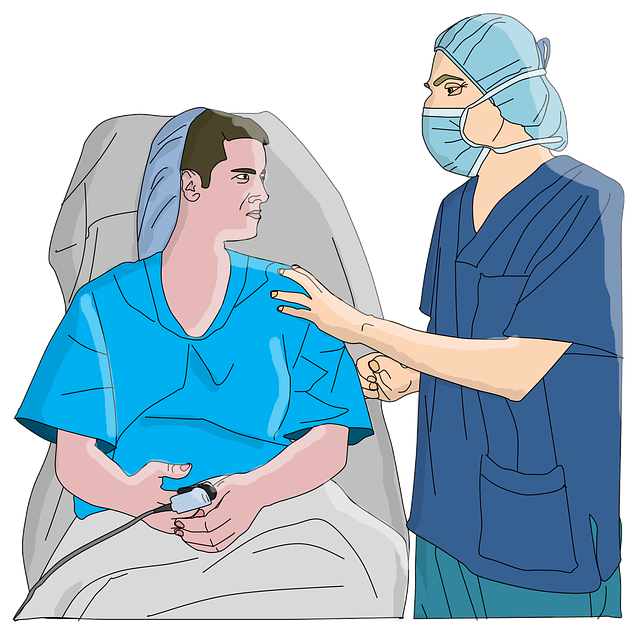Minimally Invasive Procedures to Treat Varicose Veins

 Vascular surgery in minimally invasive procedures is suitable for many patients with varicose veins. When conservative measures such as compression stockings don't work, these procedures resolve problems with unattractive and even painful veins that no longer function properly. Varicose veins have valve damage that interferes with the transport of blood returning from the legs back to the heart. Instead, blood pools in those veins, making the legs feel heavy and uncomfortable.
Vascular surgery in minimally invasive procedures is suitable for many patients with varicose veins. When conservative measures such as compression stockings don't work, these procedures resolve problems with unattractive and even painful veins that no longer function properly. Varicose veins have valve damage that interferes with the transport of blood returning from the legs back to the heart. Instead, blood pools in those veins, making the legs feel heavy and uncomfortable.
Sclerotherapy is an example of a minimally invasive treatment. This procedure is best done when the veins are not yet particularly large and bothersome. The vascular surgeon injects the unhealthy veins with a solution that irritates them and causes them to collapse. The body then reabsorbs these veins. Blood is automatically rerouted to other veins; since there are many blood vessels in the legs, this is not a problem. Sclerotherapy is especially advantageous because no recovery time is required.

Endovenous laser treatment is another possibility. This is intended to seal off the great saphenous vein by directing pulses of laser light into the vein. Endovenous radiofrequency ablation also seals this vein, but the surgeon sends radiofrequency energy into the blood vessel instead of laser light. Patients usually only need the remainder of the day to rest and can return to their usual activities the following day.
Unlike those examples, an ambulatory phlebectomy is a surgical treatment, but it is not invasive in the way that surgical stripping of varicose veins is. It only requires a small puncture in the skin, in which the surgeon uses specialized tools to grab the problem vein and draw it out. Again, recovery time is short. A surgeon at a facility such as Vascular & Interventional Centre can perform this operation if it is the best option for the patient.
Several other treatments also are available for varicose veins. Having the condition resolved is important because it can lead to the individual becoming more sedentary. When the legs become uncomfortable or even painful while walking or doing other exercise, it's easier to sit in a chair with one's feet up. In addition, this disorder tends to worsen over time. The longer it goes on, the greater the likelihood that a more invasive procedure will be necessary.
![Vascular Surgery]() Vascular Surgery
Vascular Surgery

